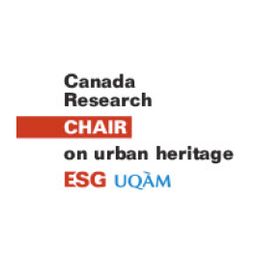On the Fringe: Urban Colonial Planning in Rooster Town, Manitoba
My Session Status
Canada has a long history, far longer than our colonial history. Indigenous people have occupied Canada since time immemorial, and continue to occupy their traditional lands. Specifically, in Winnipeg, Manitoba Indigenous people have nomadically occupied the area around the Forks of the Assiniboine and Red River for thousands of years. Since the forceful presence of colonialism in Canada, Indigenous people have been systematically expropriated from their lands and forced into reserves outside of the urban environment. This is precisely the case in Rooster Town, Winnipeg. David Burley in his research on rooster town narrates this process eloquently with the following:
The expropriation of autochthonous groups from their soil has been not just an exertion of physical force, it also has been a cultural process whereby colonizers have distinguished their self from the colonized and racialized other and have claimed their own greater beneficial, scientific, and moral use of space otherwise wasted, despoiled, and defiled by prior inhabitants.1
Urban discrimination led to the expropriation of many Métis families from Rooster Town in Winnipeg in the wake of empire building. Informal building and settlement tectonics and typologies are vital threads of urban fabrics. They tell a truth more honest than colonial urbanism in our cities. Informal architecture is built by people, for people. These buildings arise organically out of the need to shelter families. There is great value in studying settlements such as Rooster Town.
This research will employ the use computer modelling from drawings and historical photographs of Rooster town to further understand tectonic and urban form. The Archives of Manitoba have numerous photographs of this development. In the case of Rooster town, it is easy to identify Indigenous dwellings from colonialist dwellings as they are far more informally constructed. There are many photos of what was existing in the neighborhood which serves as a basis for urban planning. This work will build on Burley’s research and use his list of sources as a departure point. Opportunity to meet with David Burley, as he is a professor at SFU in Vancouver is already underway, and it is noted that he has a large collection of high resolution scans from the Archives of Manitoba in his personal collection. In this research, drawings from computer modelling will be created to illustrate a distinct form of urban Indigenous habitus. Historical and contemporary aerial photography will be used to study urban formation of Rooster Town. This will be supplemented by historic maps of Winnipeg that show historical morphology of Rooster Town. There will be a need to produce new drawings and maps of the area to represent the change in urban formation that occurred in Rooster Town.
1 Rooster Town: Winnipeg’s Lost Métis Suburb, 1900–1960s.
